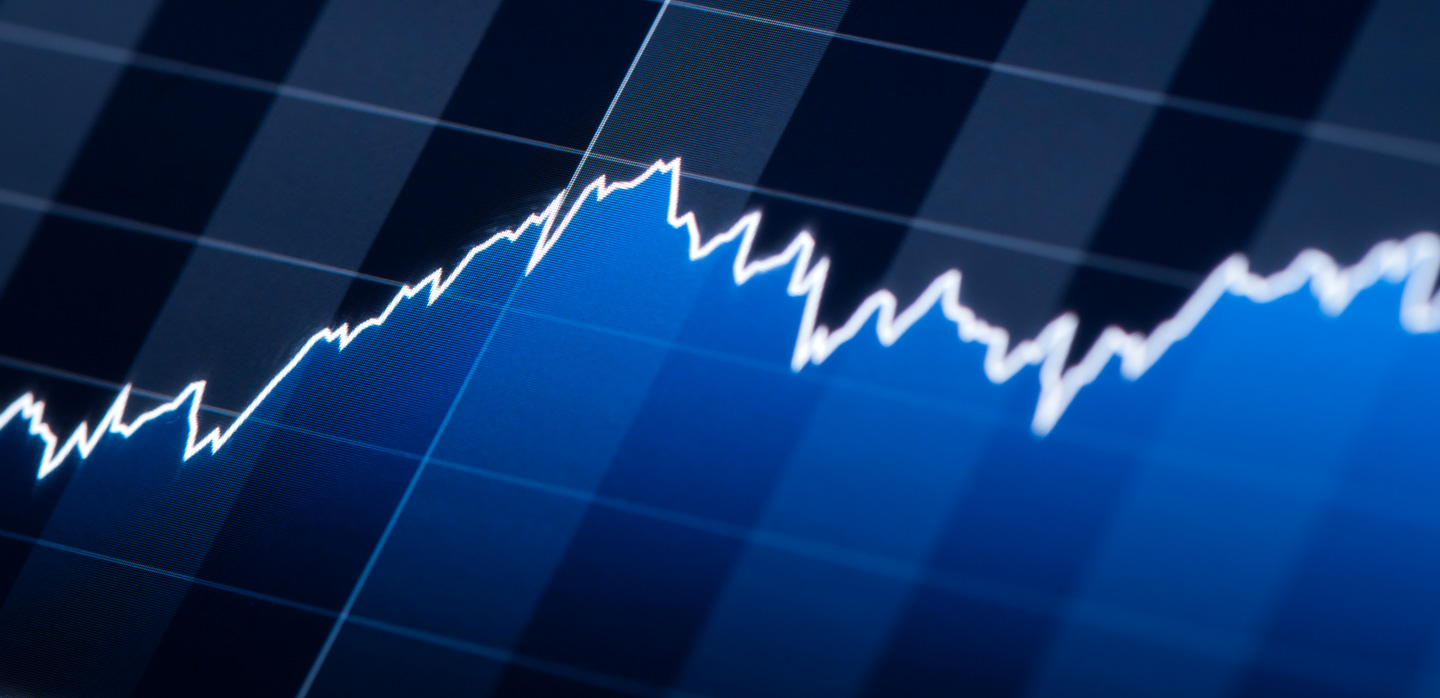We are in the middle of a global evolution of energy systems, which are becoming cleaner and increasingly decentralized, with energy generated, stored, and distributed closer to the final customers, through the acceleration of renewables and storage technologies. At the same time, digitalization allows customers and electricity system operators to control where, when, and how electricity is used, with new business models emerging. Finally, new and more energy uses are going to be electrified, with mobility being one of the critical ones.
This is the part of the story that everyone knows, but there is one more hidden ongoing transition that has the potential to turn the energy sector upside down once more. Digital networks and platforms like those built by Amazon, Google, Uber, and Airbnb, are affecting the growth potential of all companies in all industries.
There is an effective mantra in the book, “The Network Imperative: How to Survive and Grow in the Age of Digital Business Models” by Barry Libert, Megan Beck, and Yoram Wind: companies that leverage digital platforms to co-create and share value with networks of employees, customers, and suppliers are those that will conquer the market. These companies, or network orchestrators, grow faster, scale with lower marginal costs, and for this reason wipe out all competition.
Enel X was created to provide new digitalized products and value-added “non-commodity strictly related” services, such as energy efficiency, demand response, electric mobility, the Internet of Things (IoT), and optical fiber, clustered around our four global product lines: e-Industries, e-City, e-Home, and e-Mobility. Through this approach, our true ambition is to set the path that will lead us to become a network orchestrator in the energy industry.
Getting there, though, is not an easy task, and what lays behind our goal is an exciting, day-after-day struggle to reach our scope. To this point, this journey has already brought some important lessons-learned that are applicable and useful for whomever would like to embark in a similar undertaking.
Today, more than a year since Enel X was created, I’d like to share some of the valuable lessons I’ve learned.
Lesson No. 1: Separate the new business from the rest of the company
In Enel, we have experienced this already. Ten years ago, we separated the nascent renewable generation business from the conventional generation division, a choice that has made Enel Green Power the most successful renewable operator in the world today, with a portfolio of well over 40GW of capacity managed in all continents.
The same happened for Enel X. Our belief is that if you keep the innovative stuff within the traditional company, the legacy business will feel threatened; you need to establish a separate and fully independent entity with its own management.
What’s the lesson? Every transformation will (almost) always fail if executed from within because the change is so disruptive that it can make the existing organization feel threatened and choke it off.
Lesson No. 2: Be free to cannibalize the traditional business of the mother company
Think about some of the businesses we run in Enel X. Demand response is a good example.
Demand response programs are conceived for large energy customers that are willing to adjust their energy consumption in exchange for money. Demand response provides grid flexibility, stability, and more efficient use of power infrastructure in order to help keep electricity prices as low as possible for all consumers and postpone major investments on the grid.
The downsides for the traditional business are for both conventional generators, which stay off in moments of peak demand, and for network operators, who receive less money from regulators to make their investments.
In Enel, our business is still strongly related to the return from these assets. At first sight, demand response appeared to be something we should fight. Eventually, though, this did not prevent us from embracing this paradigm shift, and we decided to bet on it.
The lesson here is that if you believe disruption will happen no matter what, it is better that you cannibalize your own business before your competitors do.
To put it bluntly, if you are looking for love from your colleagues working in the more traditional divisions, this job is definitely not for you.
Lesson No. 3: From the organization standpoint, be ready to change frequently and fast
In Enel, we like to say that we work in an “agile fashion.”
The agile practice is nothing but the fact that we need to adapt our way of working quickly so we can respond to our customers’ needs quickly. This permanent condition of unpredictability reflects on the need to change the organization rapidly.
Enel X was born in April 2017 with two souls: the global soul in charge of solutions development, commercial strategy, and related roll-out implementation, and the local soul in charge of country-specific activities (local marketing, operations and maintenance, commercial operations).
At that time, the global soul organization was process-driven, while the local soul organization was customer segment-driven. This was a sharp distinction. During this first year, we have learned that the organization shall adapt quickly according to different contexts and changing conditions.
At the global level, the product lines were initially structured by process. However, we quickly learned that the most effective organization, so far, is the one that identifies portfolio managers that ensure an end-to-end implementation of specific solutions.
At the local level, instead, we found that a one-size-fits-all standard was not possible. In Spain, for example, the organization is customer-segment driven, while the organization in North America is product line-driven, and the organization in Italy is a matrix (by product and by process).
At the end of the day, what we found is that we needed to move fast, changing the organization to align with the evolving business needs and context, but also train our people in frequently shifting their viewpoint and habits.
Lesson No. 4. Be ready to play with the regulator
In the energy sector, we own a strict and peculiar relationship with the regulator. It is a relationship where we run after each other and where innovation is not always easy to implement. But sometimes it happens.
For example, the same demand response market that I mentioned earlier took off, almost by chance, about 15 years ago thanks to Enel X, which is now part of Enel X. Luckily enough, what looked like a loophole in the regulation at the time, once recognized by the regulator in the US, was elevated to a practice that continues to bring a lot of value to the country’s electricity sector. Utilities and market operators are now using demand response programs to send signals to customers to reduce their consumption when required by the system. Moreover, other flexible and real-time forms of demand response are being designed to adapt loads in response to changing renewable supply levels and other market signals in real time.
The Rocky Mountain Institute’s recent simulation of the ERCOT market in Texas found that combining a portfolio of different demand flexibility models could prevent approximately $1.5 billion in annual generation and distribution costs, $400 million in annual fuel costs, and 6 million tons of annual CO2 emissions.
So the lesson here is that we need to be ready to do two things.
The first one is part of our DNA. We need to make sure that we are always on top of what’s in the regulators’ minds, and eventually help them make up their minds. The second is that in a world where technology and business models are evolving faster and regulators struggle to keep their pace, we should be good enough to recognize the loophole before our competitors.
Lesson No. 5: To generate long-term value, be prepared to accept short-term losses
You can’t generate value in the long term for your customer if the focus of the company is to generate immediately short-term results from the new undertaking.
Unfortunately, this set of circumstances is very detrimental to bring about a profound innovation within the company.
In Enel X, we are facing this very same dilemma every day.
We know that we must move from being an asset owner to a service provider and become an asset-light company. Still, every day, we face the trade-off between bringing new revenues to the company by building new assets and investing for the long-term goal of becoming a truly digital- and platform-based company. I haven’t been able to find a solution to this dilemma yet, but I hope to figure something out soon enough...
What’s next for Enel X
These are the top five lessons I’ve learned so far. What emerges is the radical paradigm shift that, as utilities, we should implement rapidly.
With a bonus hint: another very important lesson we’ve learned is that we should improve in understanding our customers' needs. This is exactly why we are trying to set up a brand new three-pillars strategy for Enel X, where the sharp distinction between our four global product lines is blurring. The experience in this first year taught us that sometimes, to put together a business model that makes sense for our clients, we’ll need to couple different products and technologies from different Global Product Lines. First, we will aim at being an infrastructure provider that through UBB, public lighting, and our charging stations for electric vehicles we enable new possibilities and services for the citizens of our cities. As for the second layer, we will continue to pursue an energy as a service strategy for our C&I clients, so that through our solutions they’ll be able to save money on their energy bills. And finally, as we realize that cost reduction alone is no longer a strong enough driver, we will pull together revenue share models that, through flexibility solutions, will enable our customers to earn revenues from energy. Our role in this model will be orchestrating their active participation in energy markets.
So that’s the way we are working and what we’ve learned in Enel X so far. Every time we do not feel ready to apply all the transformation and make the changes needed along the way, we might remember what happened to Kodak, who invented digital photography in the 1970s but did not launch it in order to protects its market share in traditional photography, or Nokia, who invented touchscreen technology but for some reason decided to withhold it from commercial release.
We know what happened to both and to many other companies alike that made the mistake of considering themselves untouchable. Because companies’ management often make the error of believing that mastering technology is their ultimate goal, they overlook the fact that building the right business model with the right technology is going to be their real challenge.








